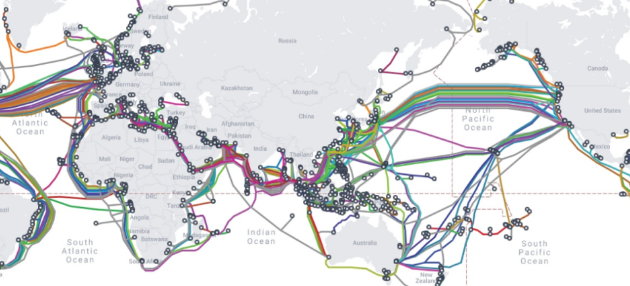Oufu Optical Fiber Cable Co.,Ltd
Address: Shenyang, Liaoning, China
Contact person: Manager Zhang
Phone: 400-964-1314
Mobile phone: +86 13904053308
【whatsapp && wechat】
2024-04-15 1512
The burial depth of fiber optic cables is influenced by a variety of factors, which collectively determine the safety and stability of the cables. The following are the main factors that affect the burial depth of fiber optic cables:

Soil Type: Different soil types offer varying levels of protection and load-bearing capacity for cables. For instance, sandy soil has good permeability and load-bearing capacity but is susceptible to erosion. Therefore, the burial depth needs to be appropriately increased. Clay soil, on the other hand, has better load-bearing capacity and water retention but poor permeability, allowing for a slightly shallower burial depth. Additionally, soil moisture is a critical factor, as wetter climates result in soils with higher moisture content and better load-bearing capacity, while drier climates yield dryer soils with poorer load-bearing capacity. Consequently, soil type and its moisture content directly impact the standard burial depth for fiber optic cables.
Environmental Conditions: Factors such as temperature and climatic changes also affect the burial depth. Excessive environmental temperatures can cause deformation in cables, reducing transmission efficiency. Therefore, it is crucial to consider how to mitigate the direct impact of extreme temperatures on cables. Simultaneously, climatic conditions influence soil moisture and load-bearing capacity, further influencing burial depth.
Terrain and Geomorphology: The soil's load-bearing capacity and stability vary significantly across different terrains and geomorphologies. For instance, in flat regions, the soil is generally more stable, allowing for shallower burial depths. However, in mountainous or hilly areas, the soil may be loose and less stable, necessitating a deeper burial depth for cables.
Underground Facilities: The location and depth of underground facilities, such as gas pipelines and water pipes, affect the laying of cables. In the presence of underground facilities, it is essential to ensure sufficient distance between the cables and these facilities to avoid interference or damage.
Construction Requirements and Costs: The burial of cables needs to consider construction convenience and cost. Typically, deeper burial depths increase the difficulty and cost of construction. Therefore, when determining the burial depth, it is necessary to strike a balance between construction requirements and costs.
Type of Fiber Optic Cable: Different types of fiber optic cables have distinct structural and performance characteristics, resulting in varying burial depth standards. For instance, direct burial cables often require deeper burial to protect them from external environmental factors.
In conclusion, the burial depth of fiber optic cables is a complex issue influenced by multiple factors. In practical applications, a comprehensive analysis and judgment should be conducted based on specific circumstances to determine the most suitable burial depth. Additionally, to ensure the safety and stability of cables, relevant standards and specifications should be followed during design and construction.www.adsscable.cn
How to Determine the Appropriate Burial Depth of Fiber Optic Cable in Hilly and Mountainous Areaswww.adsscable.cn
How to Adjust the Burial Depth of Fiber Optic Cable Based on Terrain